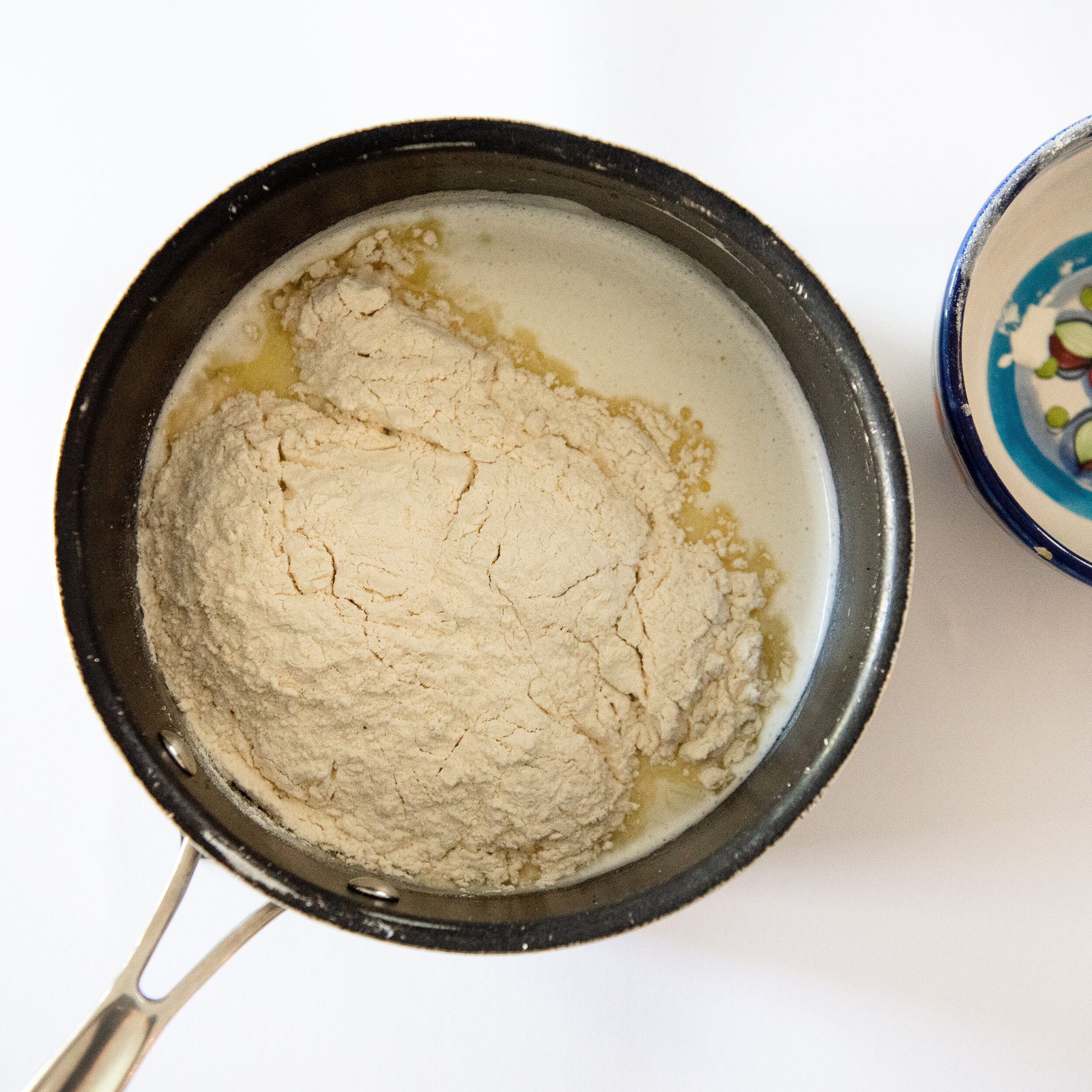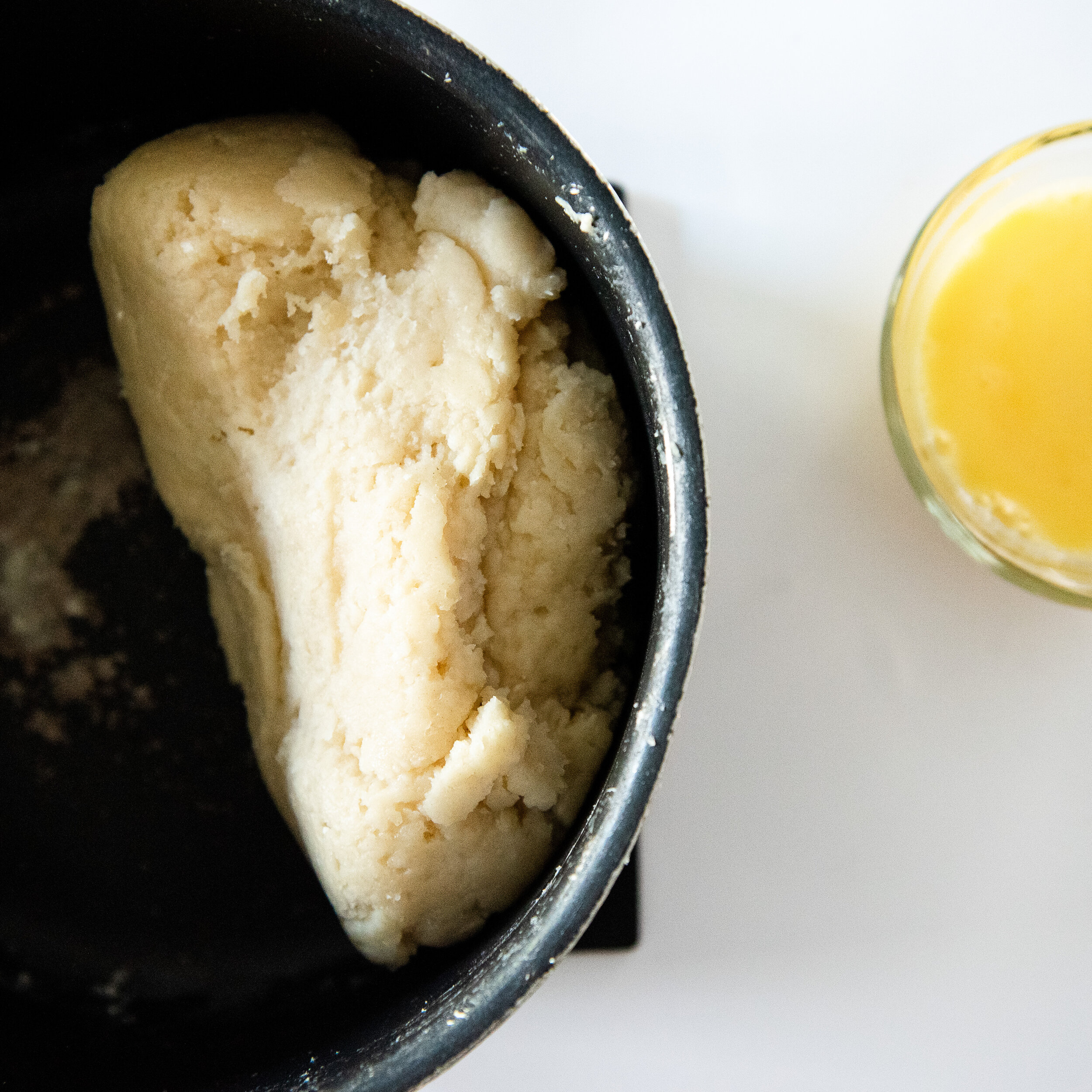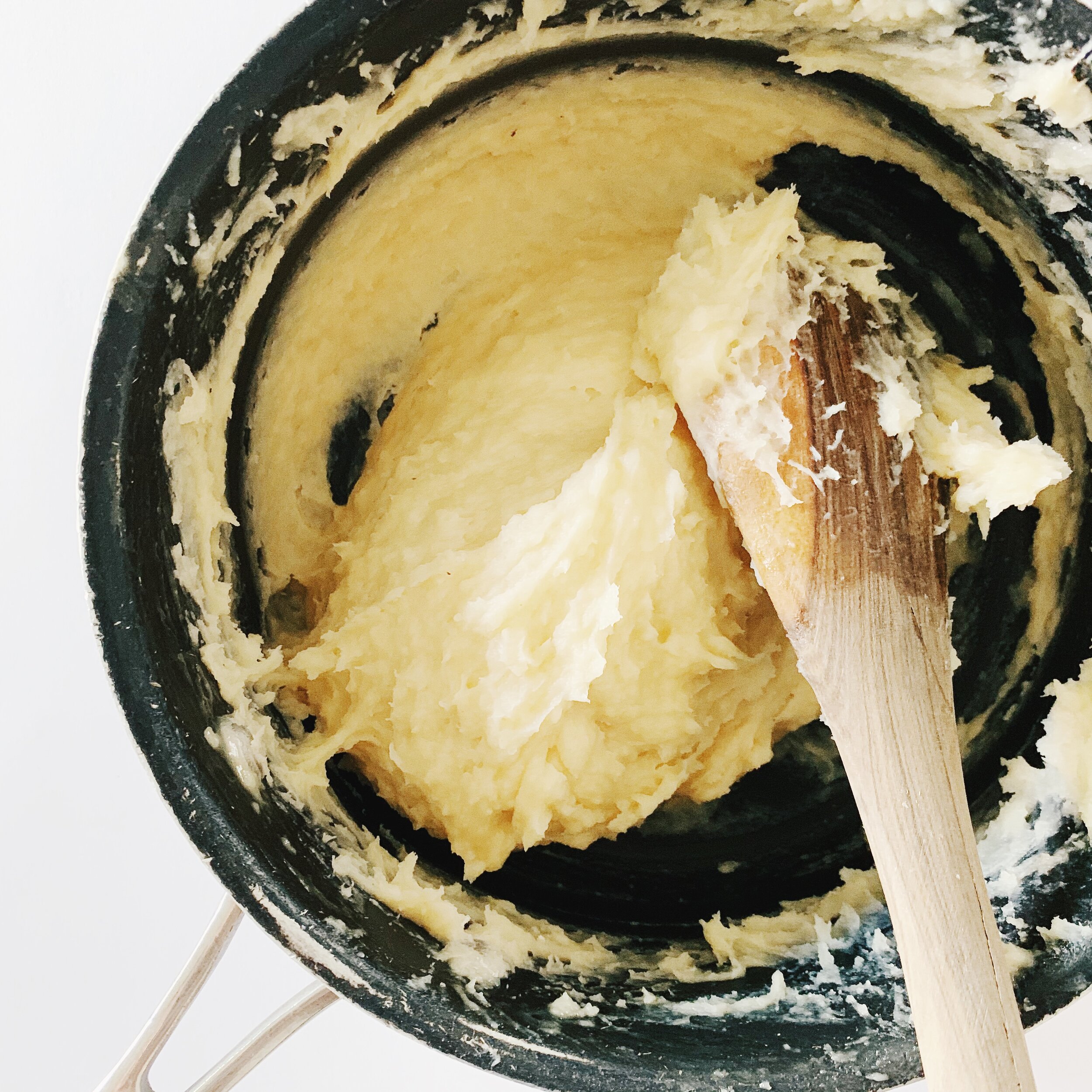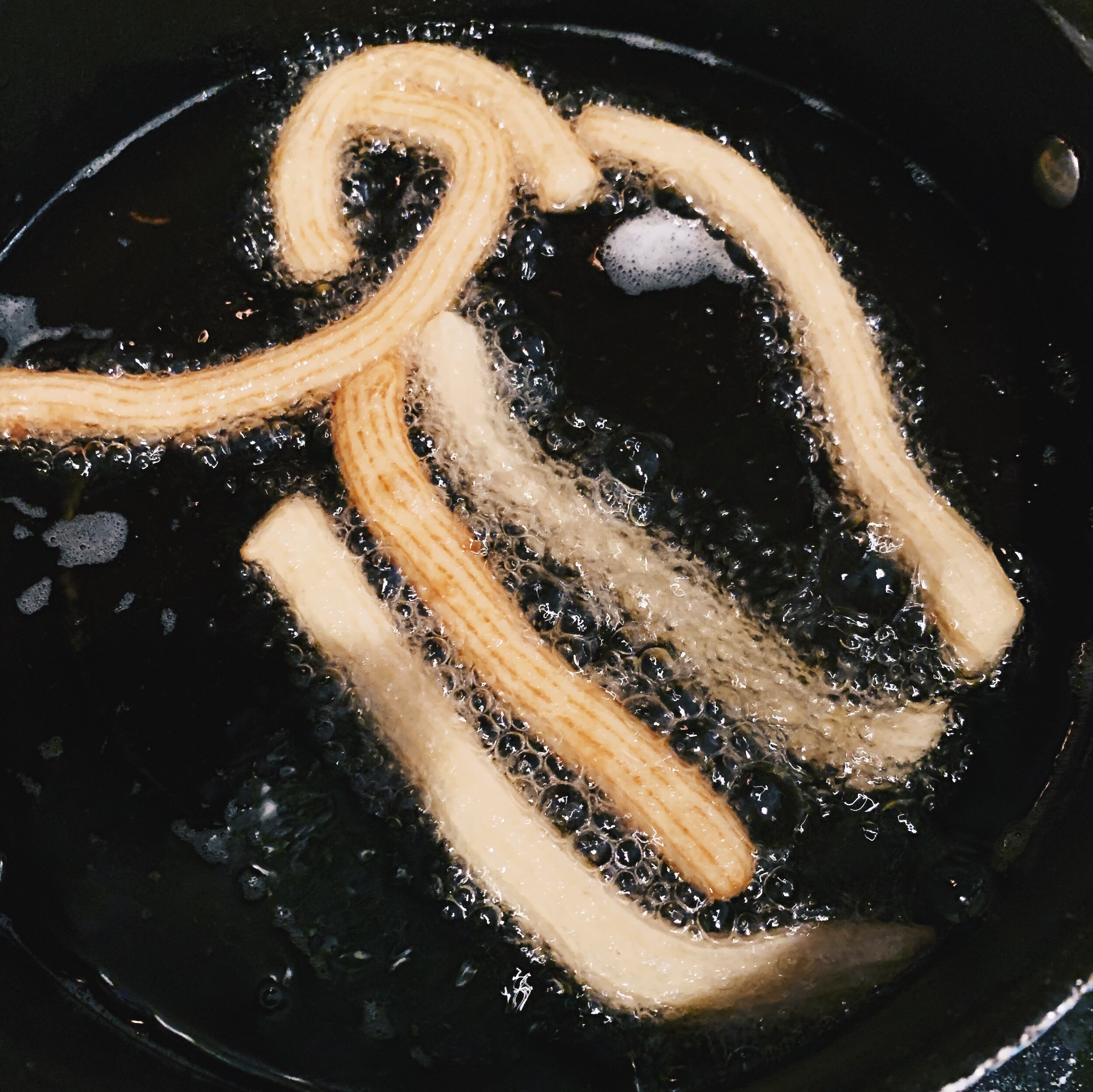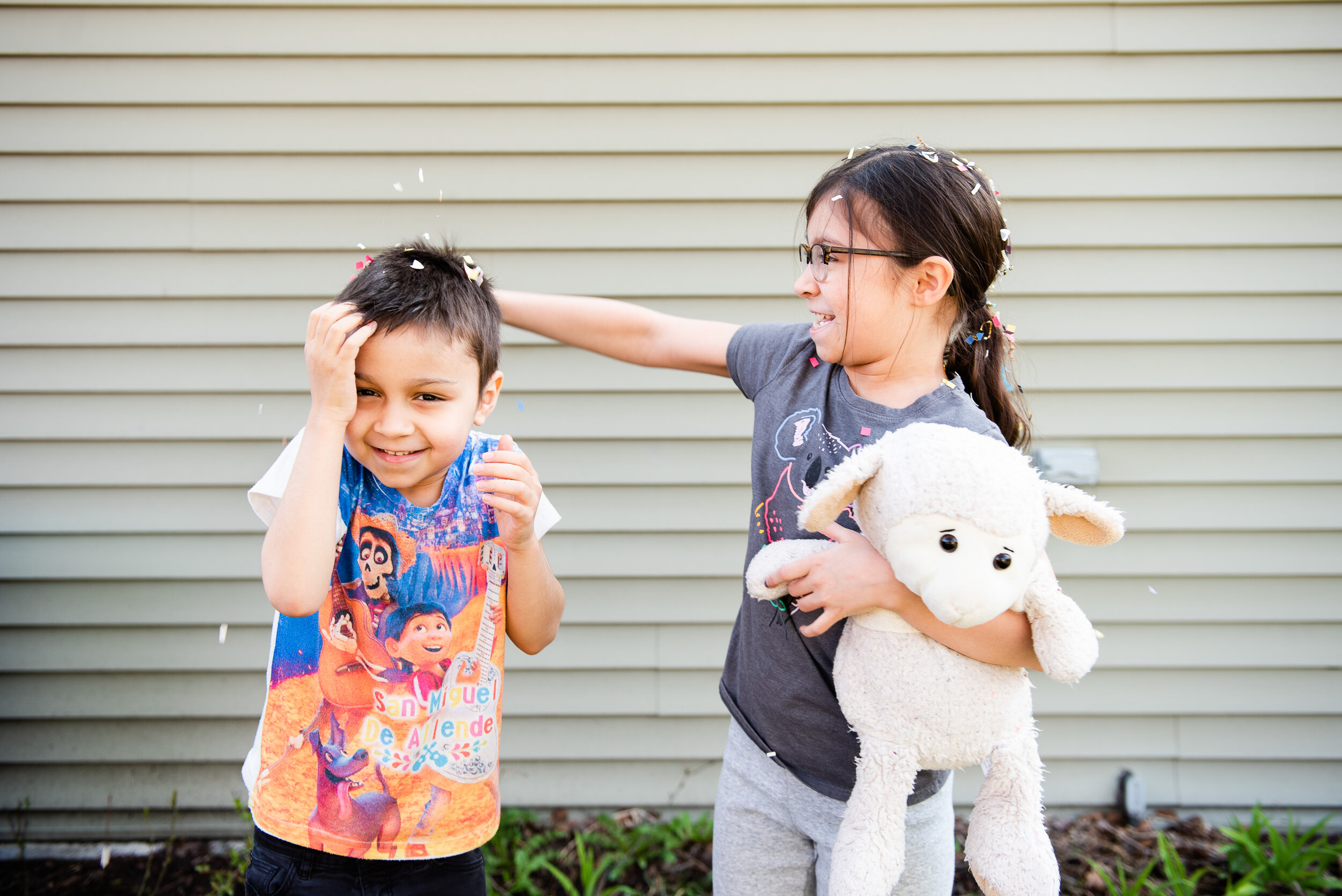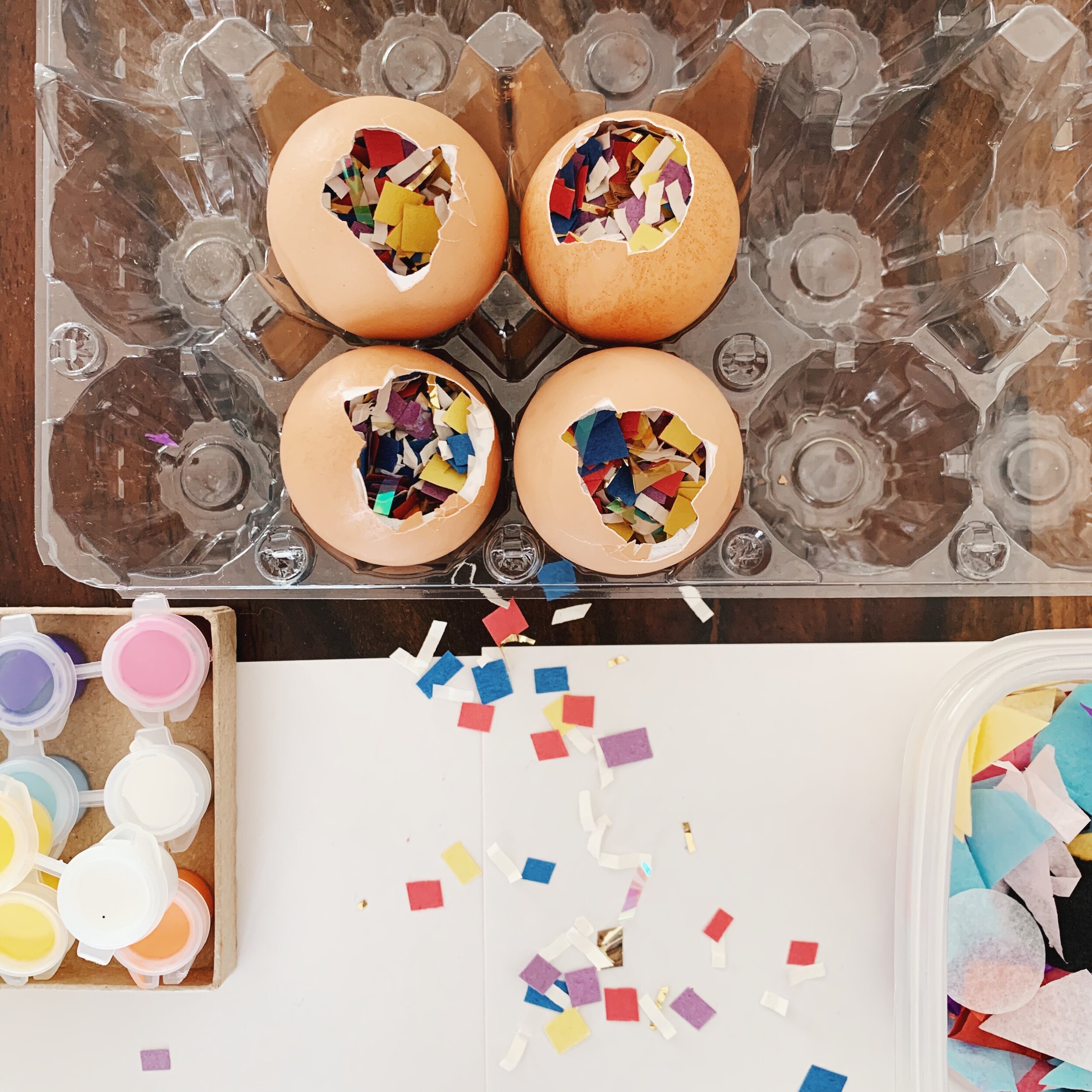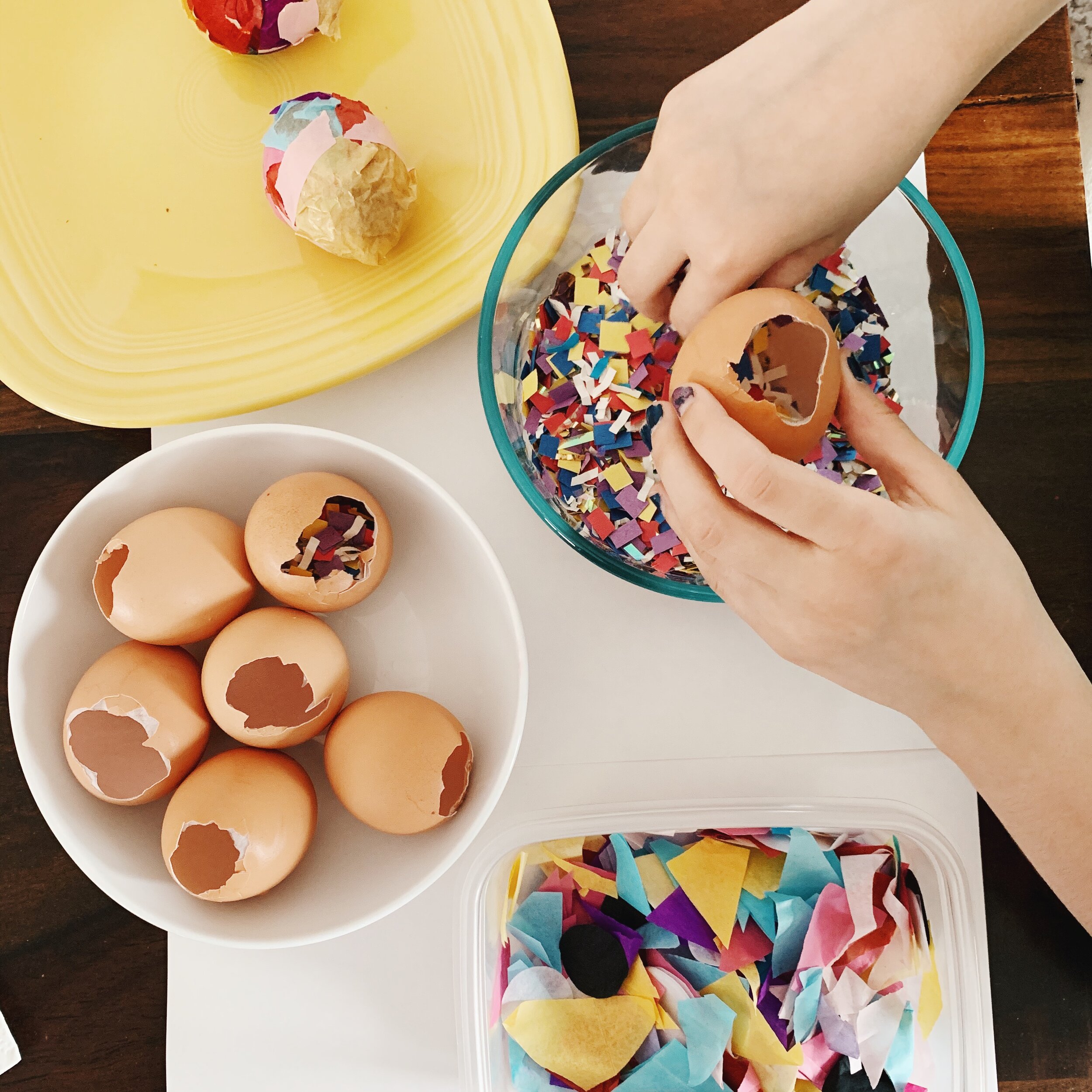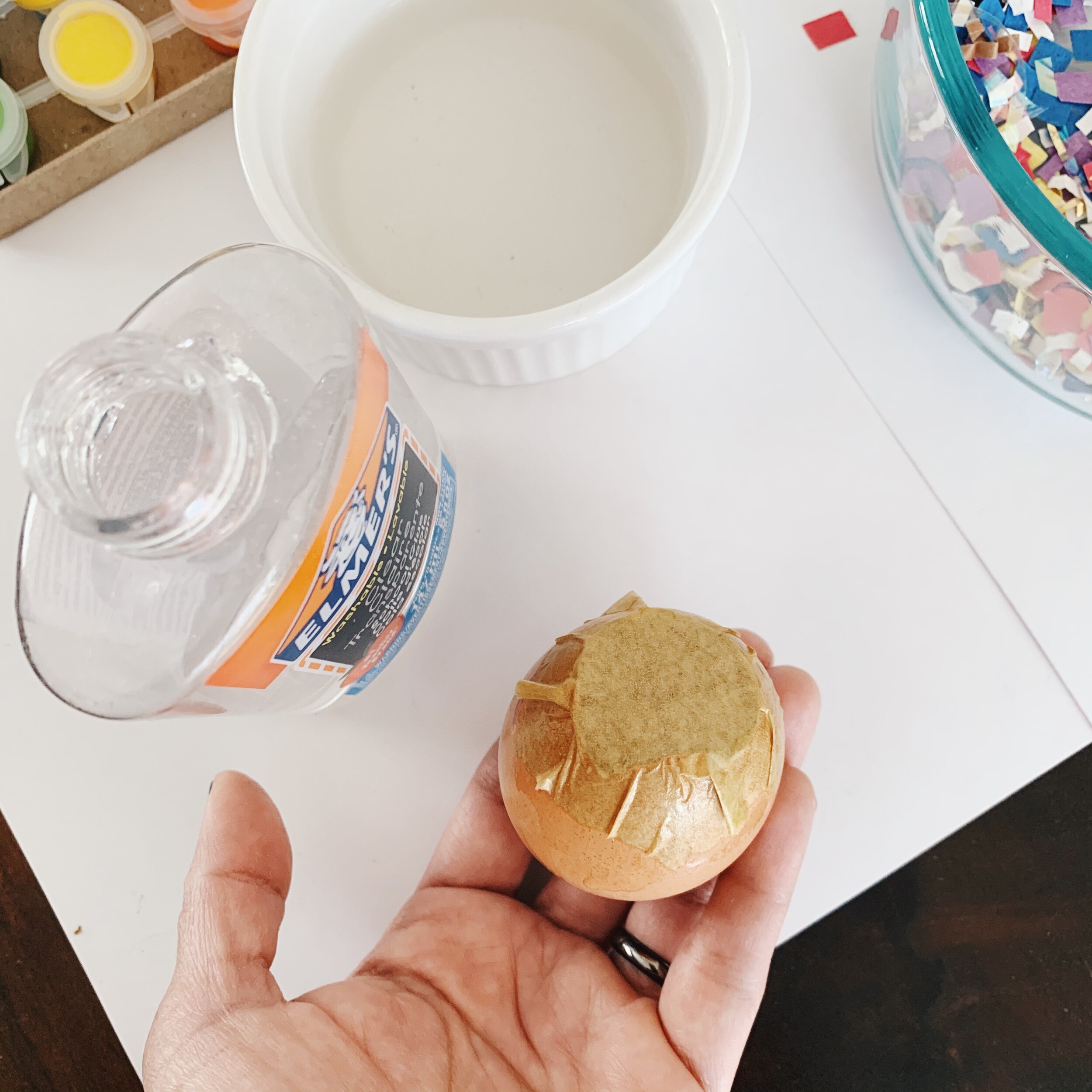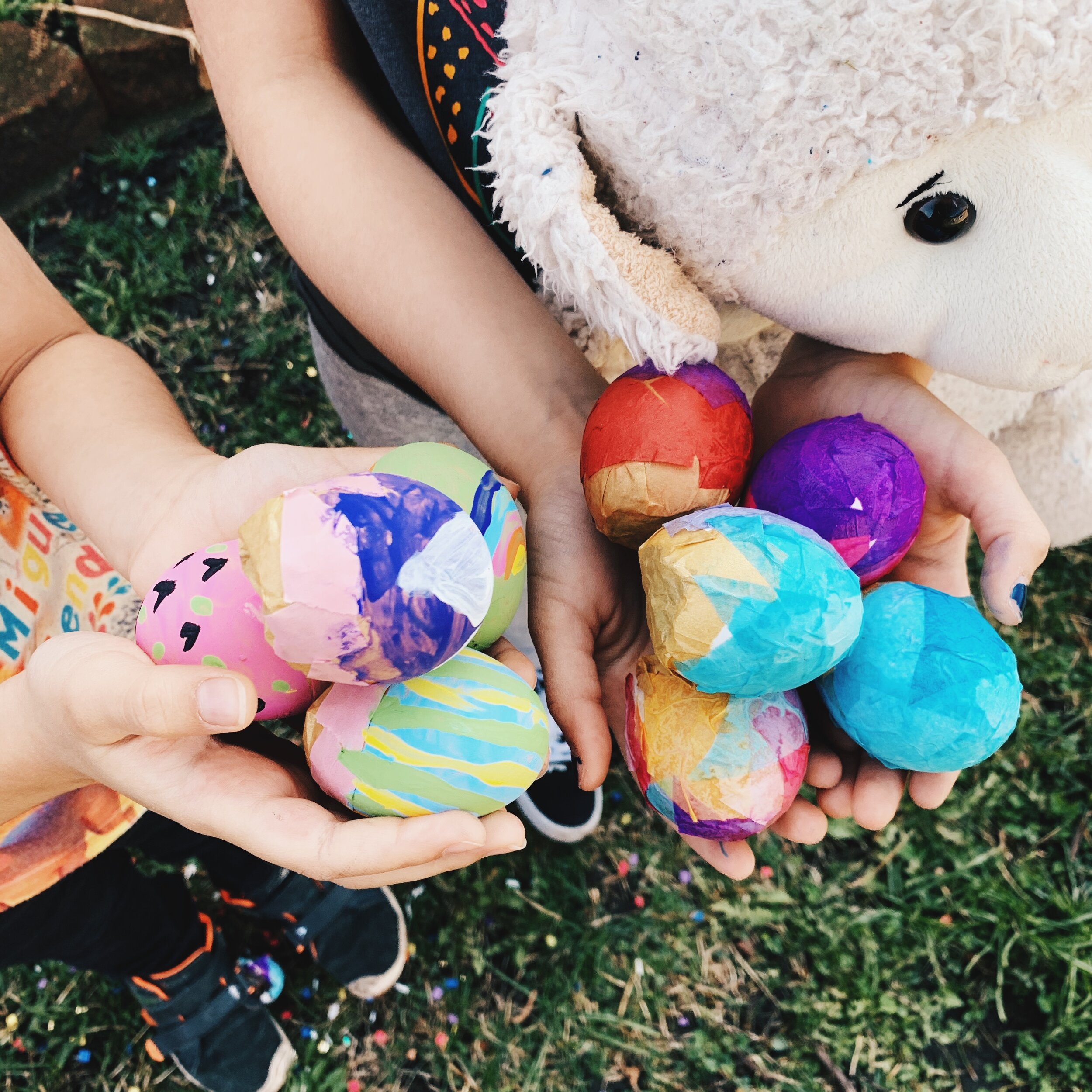September 16th is Mexico’s Independence Day! Yes, it’s true! You might be scratching your head because Cinco de Mayo is often confused with Mexico’s Independence Day here in the US, but hopefully if you’re reading this, this is the last time you’ll confuse the two.
I usually process history easier if I can clearly see a timeline of events so I’m going to give a super simple timeline so we can start seeing how history went down.
This is a statue of Miguel Hidalgo in front the church where he gave his passionate speech to call people to rise against Spanish rule.
1400-1600 - European explorers made their way to the what is known as North & South America along with surrounding islands.
1492 - Colombus sailed to what is at present day known as the US.
1519 - Hernán Cortéz of Spain arrives in present day Mexico to begin his conquest of the Aztec Empire.
1776 - Declaration of Independence published in the US.
1810 - After 300 years, Miguel Hidalgo gave a powerful speech to spur the rally to rise against the Spanish rule. Known as “El Grito”.
1821 - Treaty of Cordoba was signed ending the war with Spain, But this was just the continuation of Mexico’s road to independence.
1836 - Spain finally recognizes The Independence of the Mexican Empire, with the signing of the Santa Maria-Calatrava Treaty
1862 - Mexico’s victory over France in the French-Mexican War in Puebla (known as Cinco de Mayo).
In Mexico the celebrations can start the weekend before Independence Day, but officially starting with “El Grito” on the evening of Sept 15th. The president will reenact Hidalgo’s cry that took place in 1810. While this year there will be minimal celebrations. Most people will be staying in and watching celebrations on TV from home.
I know this is a very simple version of the historical events leading to Mexico’s Independence, but it’s a start. I’m learning alongside my kids when it comes to world history and am processing how historical events around the world have brought us to the present. Learning about European exploration, brings up so many feelings that take time to understand and process. I hope that as we learn, we have more conversations about how we can learn from the past and build a better society for the generations that follow.











